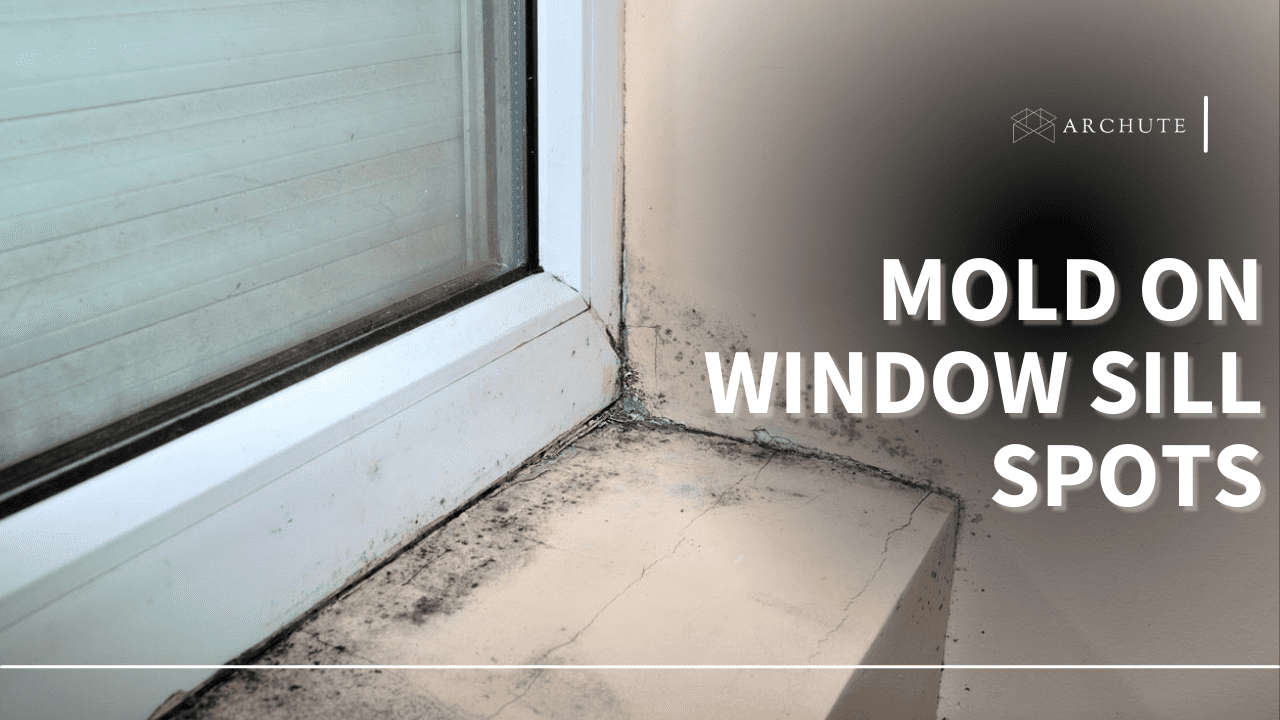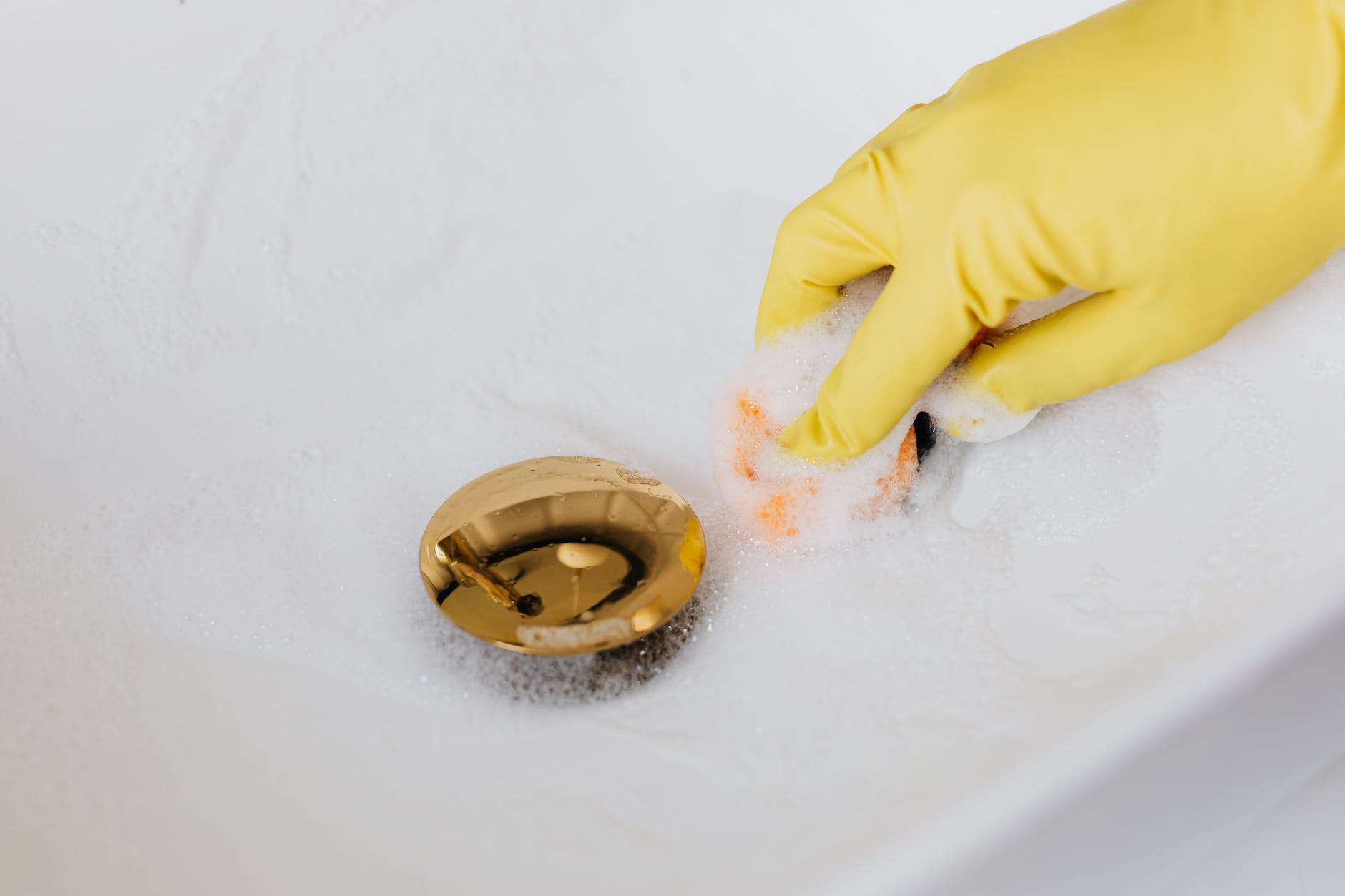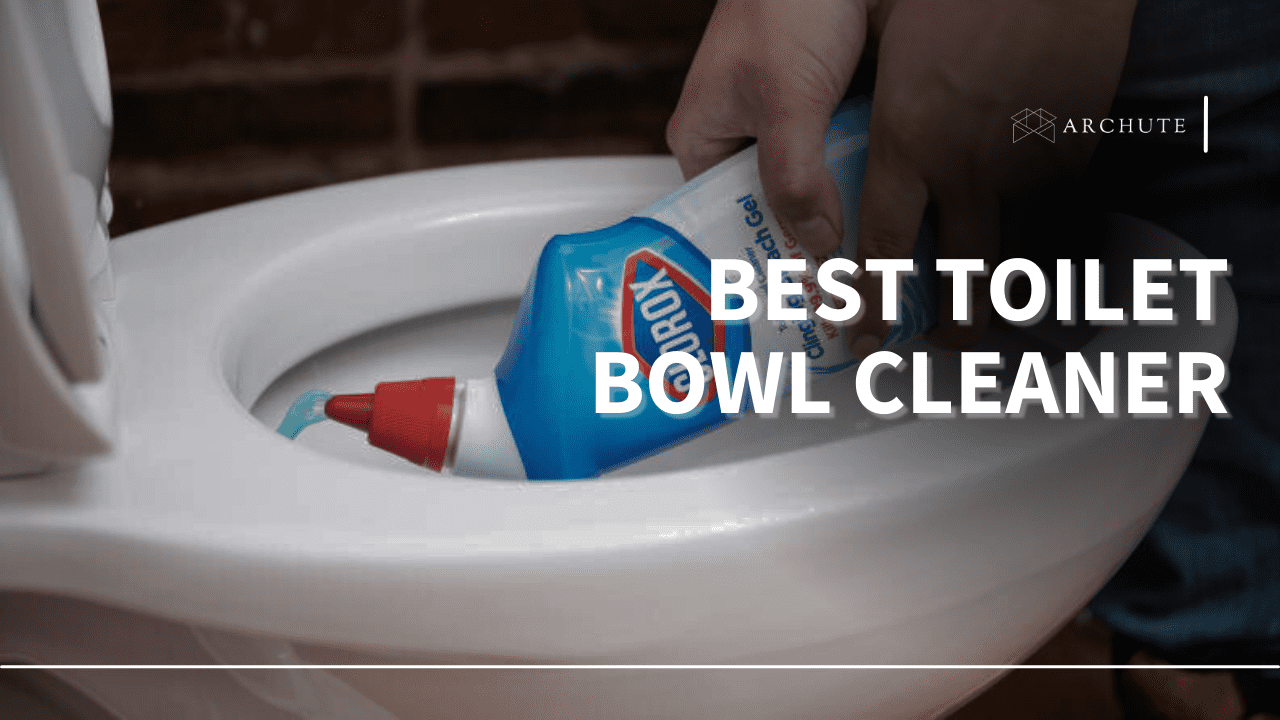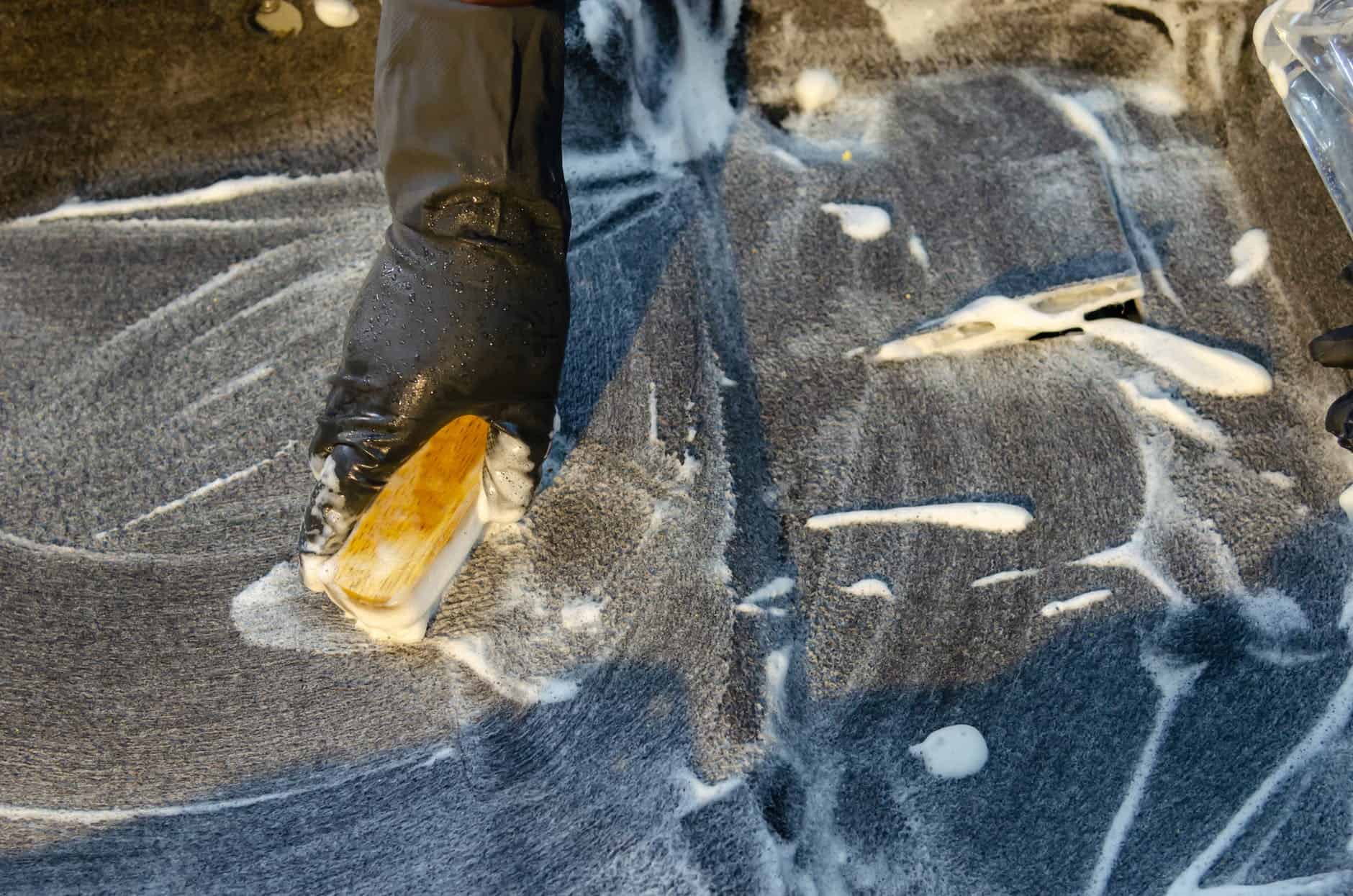You’ve started to notice black spots on your window sill that seems to be spreading. You are sure it is not dirt because the discoloration seems to be growing. How can you remove it and prevent it from spreading?
Mold is a type of fungus involved in the decay of organic material. It poses no threat outdoors, but if it enters your home, it can cause allergic reactions, stains, and musty smells. One of the places molds quickly grow is a window sill.
It’s hard to eliminate mold once it starts spreading to other places in your home. Hence, you must learn to remove mold on window sill spots before they start growing elsewhere. This post covers the causes of mold, removal methods, and prevention tips.
Let’s get started!
Causes of Mold Growth on Window Sills
Before we discuss how to get rid of mold on your window sill, you need to understand what causes it to grow in your home. Mold can grow literally anywhere. It can develop on any surface as long as there is moisture.
Mold reproduces by releasing spores into the atmosphere. This is a natural phenomenon that takes place outdoors every day. Unfortunately, mold spores can easily find a way into your home, and once they access moisture, boom! You’ll have mold thriving in your house.
Without moisture, mold spores cannot transform into the actual mold. You can’t see these spores with the naked eye, so you can’t know they are present until it’s too late.
Image Credits: incrediblerestorations.com
Humid environments are ground zero for mold growth. Your window sill can easily qualify for this, thanks to condensation, which occurs when moist air cools and turns into moisture on a surface.
Condensation is common during the cold season. However, it’s not the only cause of mold on window sills. Excess moisture from rain or snow can also enter the home from the outside.
Failure to control moisture in your home will only lead to the regrowth of mold even after you remove it.
Dangers of Mold Growth on Window Sills
You are probably wondering if you really have to deal with the mold growing on your window sill. Did a little mold ever hurt anyone? The answer is a strong YES! Leaving mold to grow inside your home can have destructive and harmful consequences.

You should remove all the mold from your home because mold spores are allergens. Any interaction with it can cause it to release spores into the air, where you can easily breathe them into your lungs.
Once spores enter your system, you can experience a range of allergic symptoms, including:
- Itchiness in the eyes, nose, and throat
- Nasal congestion
- Coughing
- Running nose
- Asthmatic symptoms like shortness of breath, wheezing, and coughing
Aside from the threat to your physical health, mold growth also stains your property. It will ruin the appearance and condition of everything they grow on. Plus, they may start with your window sills but won’t stop there.
Unless you are willing to risk the well-being of everyone and everything in your home, it’s critical to learn how to remove the mold before it spreads any further.
How to Remove Black Mold on Window Sills
This is the moment you’ve been waiting for. In this section, let’s see the different ways you can remove mold on window sills. Before we proceed, you must wear protective clothing to avoid mold-related health concerns.
- An N-95 respirator or mask will stop you from breathing spores.
- Gloves ensure you don’t have direct contact with surface mold or toxic chemicals when cleaning your window sill.
- Plus, safety goggles prevent spores from entering your eyes.
Once you have your safety gear on, it’s time to get to work. Depending on what you have in the house, you can try out any of the following entries to sort out the issue.
1. Bleach

Bleach is an excellent solution for indoor mold growth. It can kill mold spores and any mold species after application.
We only recommend using bleach on non-porous surfaces like tiles, countertops, and glass. So if your window sills are made of porous materials like wood or drywall, you shouldn’t employ this method.
Bleach cannot penetrate porous materials meaning it won’t destroy any mold growing under the surface of your window sills. This means that while you could eliminate surface mold, it’ll grow back once it gets moisture.
- Mix a solution of one part bleach and ten parts water.
- Put the mixture in a spray bottle and spritz it over the moldy window sill.
- Scrub the area with a brush and then rinse.
Note: You must not, under any circumstances, mix bleach and ammonia. The mixture will release harmful fumes that are dangerous to breathe.
2. Ammonia
Like bleach, ammonia isn’t great for porous surfaces, so it won’t work effectively on wooden window sills. Still, you should only use clear ammonia for mold remediation.
- Mix a solution of one part ammonia and one part water.
- Pour it into a spray bottle.
- Spray the solution on the window sills, panes, and moldy surfaces.
- Leave it to sit for a few hours.
- Rinse it with clean water.
3. White Vinegar
:max_bytes(150000):strip_icc()/distilled-white-vinegar-blog1018-5de01477893e4ccaab99cc06672599e3.png)
Image Credits: foodandwine.com
White vinegar is another household product that’s proven useful in removing mold from items like carpets. This mild acid can quickly destroy mold on any surface.
- Pour a generous amount of white vinegar into a spray bottle without diluting it.
- Spray the vinegar on the mold-infested surface.
- Leave it for an hour before wiping it clean. You should repeat this process every few days to ensure the mold won’t regrow.
4. Borax
Borax is known to remove mold from fabrics, so it’s excellent for naturally getting rid of mold from window sills. However, you must wear gloves when handling borax because ingesting it is toxic to your health.
- Add a cup of borax to a gallon of water and mix.
- Brush this mixture into the window sill and leave it to dry.
You don’t have to rinse off the borax because it also functions as a mold inhibitor, preventing future regrowth.
5. Baking Soda
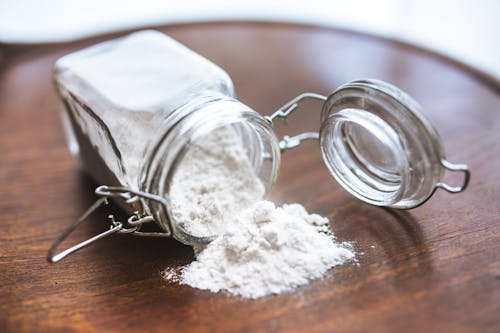
Another natural abrasive that can kill mold is baking soda. It’s an excellent choice because it’s not dangerous to you or your household.
- Add a quarter tablespoon of baking soda into a spray bottle and fill it with water.
- Shake the bottle to ensure the baking soda dissolves.
- Spray the baking soda solution on the moldy windows.
- Scrub the mixture on the surface using a sponge or brush.
- Rinse once and repeat the process.
- Finally, leave the area to dry.
6. Hydrogen Peroxide
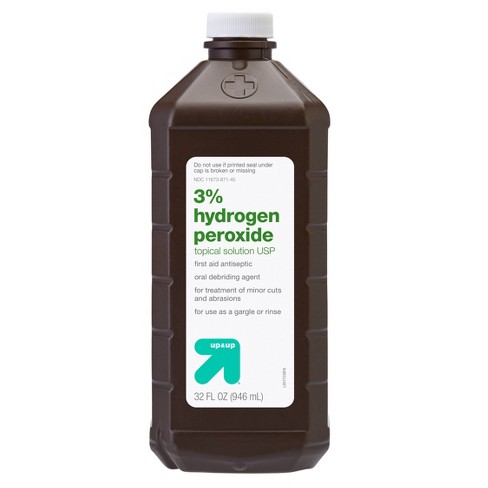
Image Credits: target.com
This is another safe option for getting rid of mold on window sills. Hydrogen peroxide can clean mold from various surfaces.
- Add 3% hydrogen peroxide to a spray bottle.
- Spray it on any area where mold grows.
- Once you saturate the area with the solution, leave it for ten minutes.
- Scrub to remove the mold residue.
- Wipe the area clean.
7. Tea Tree Oil
Tea tree oil has anti-fungal properties that make it perfect for killing mold. The only downside to tea tree oil is that it’s expensive. However, if you can get it, it’s a natural and home-friendly product for mold removal.
- Add a teaspoon of tea tree oil to a cup of water.
- Put the mixture in a spray bottle.
- Spray the solution on the window frame, sills, and other relevant places.
- Please leave it in to dry.
8. Grapefruit Seed Extract

Image Credits: iherb.com
Here is another great product for removing mold from a window sill. Grapefruit seed extract contains citric acid, which has disinfecting properties.
- Add about ten drops of grapefruit seed extract to a cup of water and transfer it to a spray bottle.
- After mixing, spray it on the mold and leave it to sit for an hour.
- Finish by rinsing off the solution.
9. Hire Professional Help
So far, the solutions we’ve discussed have a decent chance of working if you have a little mold. It can be hard to contain the situation in cases where mold growth has spread to other areas. That’s when you should consider hiring professionals.
If removing mold from your window sill is challenging, you can order professional mold remediation services and let the experts do it for you.
How to Prevent Mold Growth on Window Sills
Several measures can be set in place to prevent mold from growing back. It’s important to ensure you take these steps to avoid dealing with mold growth again in your home. Let’s check them out below.
1. Moisture Control
Here are some ways you can control the amount of moisture in your home:
- Fix any water leaks immediately.
- Wipe away any water spills.
- Perform maintenance on roof gutters.
- Drain water immediately after a flood.
2. Reduce Condensation
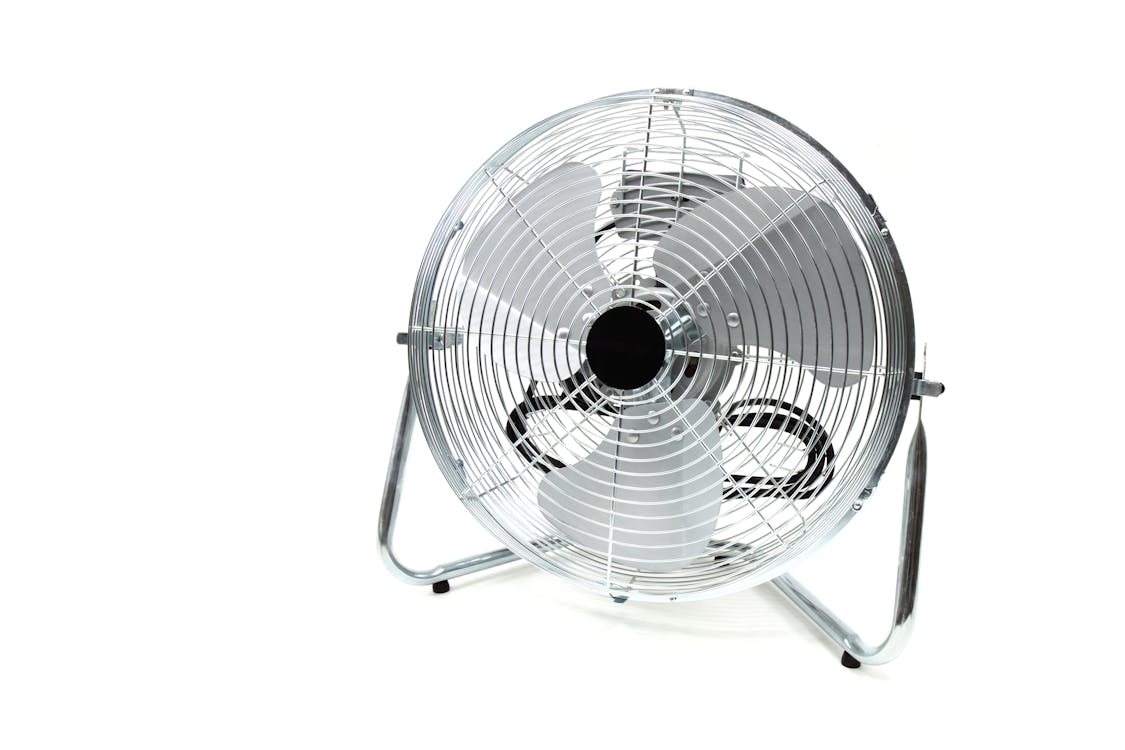
You can reduce condensation in your home by:
- Directing vents away from the home.
- Placing an oscillation fan near windows.
- Opening the bathroom window when showering.
- Use an air conditioner.
3. Reduce High Humidity
Here’s how to control humidity inside your house:
- Use a dehumidifier.
- Use DampRid crystals to reduce damp conditions.
- Improve ventilation by opening windows or running house fans.
- Increase the temperature inside your home using a thermostat.
Conclusion
It can be challenging to stop mold from growing inside the house once it takes root. Nevertheless, you can use everyday household products or store-bought chemicals to get rid of them without hassle. Once you eliminate mold on your window sill, take preventive measures to ensure they won’t grow back.
Featured Image Credits: bobvilla.com

